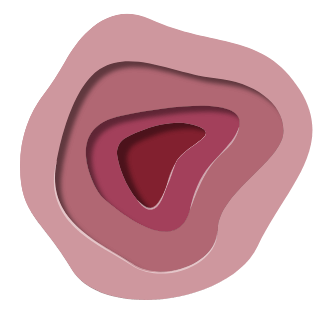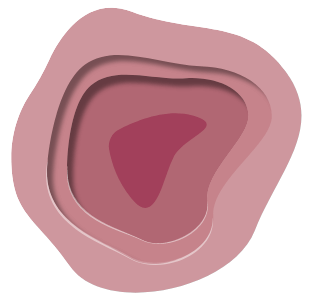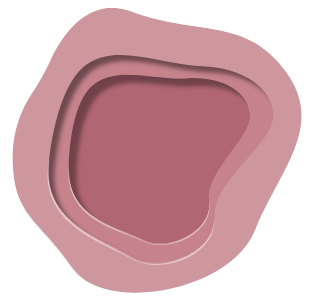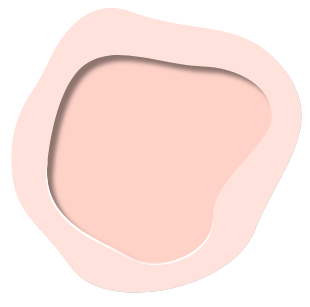to a challenging time
in their lives
See their stories
Finding closure starts with
talking to a doctor
How they found closure
Alvin
"They had a sign there that said that the average wound takes 16 weeks to heal. They said you’re way ahead of that."
Ruth
After more than 10 years dealing with her chronic wound, Ruth found the right wound care team to help her.
Phyllis
Phyllis was able to get back to the things that she loved by finding the right wound care team.
EPIFIX: For Use in the Treatment of Hard‑to‑Heal Chronic Wounds
EPIFIX provides a protective environment during the treatment of chronic wounds, such as diabetic foot ulcers (DFUs), and supports the body’s natural healing process. These observations have been supported by multiple clinical trials.1-9
A doctor can help determine whether EPIFIX is right for your DFU. Before turning to EPIFIX, your doctor will clean your wound and provide standard wound treatment for 30 days in order to give the wound a chance to heal. If your DFU hasn’t begun to heal in this time frame, your doctor may clean the wound once again and apply EPIFIX to your DFU.
You’ll need to see your doctor regularly in order for them to reapply the protective treatment.
Understanding Diabetic Foot Ulcers (DFUs)
A DFU is a specific type of foot ulcer that can occur in people with diabetes. If you have a DFU, you’re not alone in struggling to find wound closure. Annually, DFUs occur in roughly 9.1 to 26.1 million people with diabetes.10
The Normal Healing Process
Wound healing is a process with several steps meant to happen in a timely fashion, when everything is in balance.

In any wound, the body’s first step is to stop the bleeding

Next, inflammation occurs and allows for bacteria and other debris to be cleared from the wound

After the inflammation phase, new, healthy skin begins to regrow

Finally, the wound achieves closure and scar tissue forms
With DFUs, the healing process is out of balance

Are you at risk of developing a hard-to-heal DFU?*
Learn MoreFor people with diabetes, the risk of developing a DFU may be as high as 34%.10 However, 60%-80% of DFUs will heal within 6-18 months of evaluation.11
A number of risk factors can contribute to the development of a DFU that fails to heal within 30 days and requires advanced wound treatment.12
Select from the following to learn if you are at risk of developing a DFU that’s hard to heal.11*
You may be at risk of developing a DFU that requires advanced treatment in the future. Learn how to talk to your doctor about DFUs and find out more about a treatment option that could help you find closure by downloading this Doctor Discussion Guide.
Your answer indicates that you’re currently unlikely to be at risk of developing a hard-to-heal DFU. However, it may still be helpful to discuss your concerns with your doctor. You can download the Doctor Discussion Guide to help get the conversation started.
*DFU development can occur independently of the risk factors listed above. The risk factor selection is not intended to provide medical advice. Talk to your doctor to determine the right treatment options for you.
Finding closure to this challenging time starts with talking to a doctor
Doctor Discussion Guide
This useful guide includes suggestions about what information you should share with your doctor when discussing your DFU and EPIFIX.
Download Now >If you’re interested in an appointment, search below to find a doctor that treats with EPIFIX near you.
Talk to a doctor about EPIFIX
Intended Use:
EPIFIX is a barrier intended for use in the treatment of acute and chronic wounds, providing a protective environment to support the healing process.
Contraindications:
EPIFIX should not be used on (1) areas with active or latent infection and/or (2) a patient with a disorder that would create an unacceptable risk of post-operative complications.
- Zelen CM, Serena TE, Denoziere G, Fetterolf DE. A prospective randomised comparative parallel study of amniotic membrane wound graft in the management of diabetic foot ulcers. Int Wound J. 2013;10(5):502-507.
- Zelen CM. An evaluation of dehydrated human amniotic membrane allografts in patients with DFUs. J Wound Care. 2013;22(7):347-351.
- Zelen CM, et al. Dehydrated human amnion/chorion membrane allografts in patients with chronic diabetic foot ulcers: A long-term follow-up study. Wound Med. 2014;4:1-4.
- Zelen CM, Serena TE, Snyder RJ. A prospective, randomised comparative study of weekly versus biweekly application of dehydrated human amnion/chorion membrane allograft in the management of diabetic foot ulcers. Int Wound J. 2014;11(2):122-128.
- Zelen CM, Gould L, Serena TE, Carter MJ, Keller J, Li WW. A prospective, randomised, controlled, multi-centre comparative effectiveness study of healing using dehydrated human amnion/chorion membrane allograft, bioengineered skin substitute or standard of care for treatment of chronic lower extremity diabetic ulcers. Int Wound J. 2015;12(6):724-732.
- Zelen CM, Serena TE, Gould L, et al. Treatment of chronic diabetic lower extremity ulcers with advanced therapies: A prospective, randomised, controlled, multi-centre comparative study examining clinical efficacy and cost. Int Wound J. 2016;13(2):272-282.
- Serena TE, Carter MJ, Le LT, Sabo MJ, DiMarco DT; EpiFix VLU Study Group. A multicenter, randomized, controlled clinical trial evaluating the use of dehydrated human amnion/chorion membrane allografts and multilayer compression therapy vs. multilayer compression therapy alone in the treatment of venous leg ulcers. Wound Repair Regen. 2014;22(6):688-693.
- Bianchi C, Cazzell S, Vayser D, et al. A multicentre randomised controlled trial evaluating the efficacy of dehydrated human amnion/chorion membrane (EpiFix®) allograft for the treatment of venous leg ulcers. Int Wound J. 2018;15(1):114-122.
- Bianchi C, Tettelbach W, Istwan N, et al. Variations in study outcomes relative to intention-to-treat and per-protocol data analysis techniques in the evaluation of efficacy for treatment of venous leg ulcers with dehydrated human amnion/chorion membrane allograft. Int Wound J. 2019;16(3):761-767.
- Armstrong DG, Boulton AJ, Bus SA. Diabetic foot ulcers and their recurrence. N Engl J Med. 2017;376(24):2367-2375.
- Alexiadou K, Doupis J. Management of diabetic foot ulcers. Diabetes Ther. 2012;3(1):4.
- Atkin L, Bucko Z, Conde Montero E, et al. Implementing TIMERS: The race against hard-to-heal wounds. J Wound Care. 2019;23(Sup3a):S1-S50.
